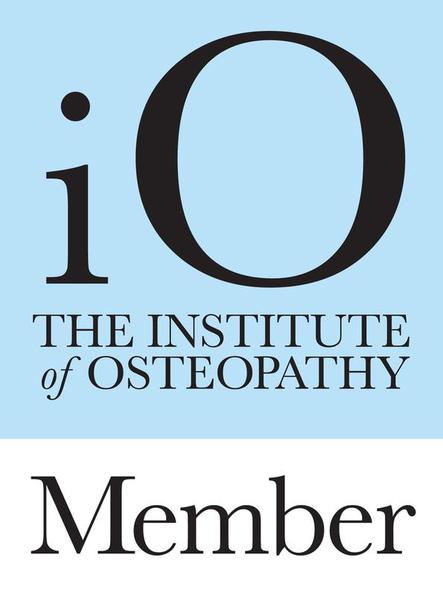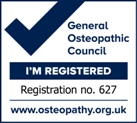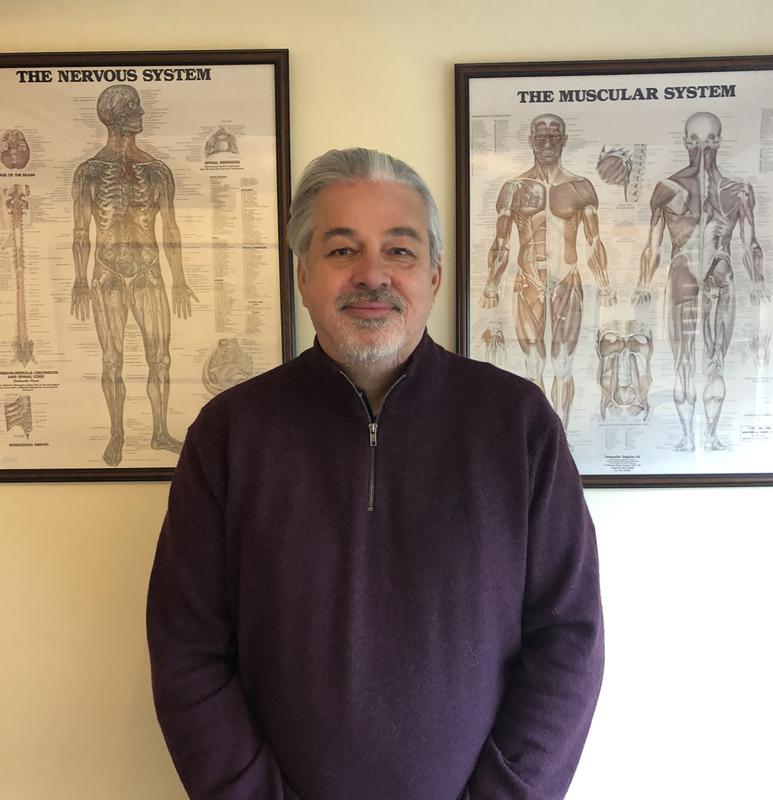Rohan Osteopathy Posts
Differences between osteopathy chiropractic and physiotherapy
by rohan iswariah on 10/20/18This is one of the most frequently asked questions asked by patients over the phone and also at a first consultation. It is a difficult question to answer succinctly but the link shown here from NCOR ( National Council for Osteopathic Research ) is interesting as it looks at what each profession says about itself and also summarises the information provided by the professional body for each group.
Hairdressing Hazards
by rohan iswariah on 01/09/17
The Hazards Of Hairdressing
Many occupations involve some degree of manual work which will often include lifting. Those people that are traditionally engaged in jobs like building and plumbing are thought to be at particular risk of injury. This is true but not everyone would consider hairdressing a risk occupation; however studies have shown that 70+% of hairdressers suffer from work related injuries. These affect all parts of the body, mainly in the low back, neck and shoulder areas.
We shouldn`t really be surprised, as standing on the feet using the arms repetitively whilst performing intricate tasks for long periods of time, causes various strains on the body, which can lead to injury.
These strains are often mechanical in nature but stress can also be a factor. Some of the knock-on effects relate to inefficient blood supply and waste clearance in the muscles which are supporting the body and arms.
The feet, veins, knees and back are vulnerable to prolonged standing on hard floors. Bending to shampoo hair can also contribute to aches, pains and restrictions affecting the body. There are also natural stresses related to clients who share their own problems with a hairdresser for example.
Typical Conditions
Here are some commonly diagnosed conditions (labels) attributed to hairdressing:
- Repetitive Strain Injury (RSI)
- Locked or restricted joints in the neck or spine
- “Trapped nerves”
- Postural Related Fatigue
- Tension Headaches
- Carpal Tunnel Syndrome
- Muscle / joint tightening and strain
- Varicose veins
- Tennis/Golfers` elbow
- Tendinitis
- Stress Related Effects
- Migraines and Headaches
- Cramps
So How Can I Help Myself?
Here are some measures that can help
1. Leave plenty of time for travel where possible so that you start the day in a relaxed state
Cushioning with a rubber mat or similar to help reduce compressional stresses
Evenly distribute weight during breaks by sitting on a properly designed chair eg. a saddle stool This can also reduce the stress on the legs
Help the circulation by moving to adjust your position whilst standing
Keeping your centre of gravity near the midline helps to balance the weight distributions through the spine and legs
Appropriate, supportive non-slip footwear is advisable. Avoiding heels is therefore sensible
Orthotics or insoles can reduce compression and help with the foot mechanics. This translates to less stresses and strains in the knees, hips and spine
Standing with one foot in front of the other or with one leg elevated on a support where health and safety is not compromised can spread loads and reduce low back strain
Avoid excessive bending by standing closer to client
Clients chair heights should be adjustable where possible
Neck, arm and back stretches between clients or at break times in the day are essential
Keep an eye on the weight and exercise regularly to keep down the stresses put through the body
Drink water to keep hydrated
Smoking has been linked to many illnesses including muscle and joint pains so find a way of giving up if you are a smoker (https://www.nhs.uk/smokefree)
Use a mirror to assess your posture and improve
Use good quality scissors to reduce hand stress
Wrist position is important so avoid twisting strains
Meditation and/or other relaxation techniques can help
By taking some simple precautions injuries can be avoided and this in turn will make us more productive; Manual treatment can also help to reduce stiffness and to improve joint function which will often alleviates aches and pains.
Good Luck
Rohan Iswariah D.O
Osteoporosis Awareness and Prevention Month – May 2016
by rohan iswariah on 05/02/16
Osteoporosis Awareness and Prevention Month – May 2016
It is estimated that around 3 million people in the UK have osteoporosis. Osteoporosis is a condition in which the usually strong support struts that make up the inside of most bones becomes thinner, which can lead to bones becoming fragile and breaking easily, resulting in pain and disability.
In the UK, one in two women and one in five men over the age of 50 will fracture a bone, mainly due to poor bone health. But osteoporosis is often a silent condition, giving no pain or other symptoms to alert you to the fact until the worst happens and a bone breaks. As such, many people living with osteoporosis are unaware that they have fragile bones until this happens, sometimes with devastating consequences. Indeed an alarming new study published by the International Osteoporosis Foundation suggested that 37% of men that sustain an osteoporosis related hip fracture will die in the first year following the break.
Those that smoke or drink in excess of the recommended daily alcohol intake are at greater risk, but gender, genetics, age, race and low body weight are all contributing factors.
However, it’s not all doom and gloom. There is a lot you can do to prevent the condition, and to reduce your chance of breaking a bone if you do get it. Your local osteopath can screen you for the condition using a special online screening tool called the FRAX questionnaire and can give you dietary, exercise and lifestyle advice to help manage your risk factors to reduce the impact of the condition on your lifestyle.
To find out more about the prevention, diagnosis and treatment of osteoporosis, contact the National Osteoporosis Society via their confidential helpline (0845 450 0230) or by visiting their website at: https://www.nos.org.uk/
Amusing patient anecdote ?: It`s a small world !
by rohan iswariah on 03/26/16
Osteopath Rohan writes about the health benefits of gardening
by rohan iswariah on 03/04/16
There is plenty of research to show that gardening is good for your health
However gardening can cause aches and pains in the back, shoulders, elbows and knees mainly.
In this blog I will try to advise on how gardening is good for your general health and also how to avoid injury when participating?
Ten Health benefits.
Gardening can reduce the risk of stroke along with other exercise
Gardening burns calories. One hour of light work can burn 300+ calories,
3. Engaging in at least four hours of any exercise each week is associated with weight loss, reported the authors of a review published in “Medicine and Science in Sports and Exercise” in February 2009.
4. Gardening includes weight-bearing and muscle-strengthening exercise which are important for building and maintaining bone density
5. Gardening can reduce psychological stresses and might be more effective than some other forms of exercise a report from the Netherlands suggested.
6. This in turn can help prevent the leaching of calcium from bone into the blood to balance the acidic stress hormones like cortisol.
7. Vitamin D is essential for healthy bones by enhancing intestinal absorption of calcium; we get most of ours from sunlight exposure, and gardening is largely an outside pursuit
8. The best times to make vitamin D from sunlight is from March to October, especially from 11am to 3pm. Remember to avoid overexposure to sunlight though!
9. The connection to land has profound mood boosting benefits.
10. As too much stress weakens the immune system, it follows that any activity that helps us to relax will improve the immune system.
Many benefits are afforded by hobbies involving gardening but we need to do this safely and try to avoid injury.
Twelve tips to reduce injury risks.
1. Don`t do a lot of heavy lifting, digging or weeding in one go to avoid over-fatigue
2. Avoid bending forwards for long periods and take regular breaks
3. Access ground level by kneeling but avoid to much pressure on the knee caps by using a kneeler
4. Wet soil may be easier to dig but is heavier to carry
5. Use smaller spades with longer handles (Better leverage)
6. Weeding by using a hoe can help and remember large roots can be awkward so don`t twist the body too much when pulling
7. Divide up large loads for carrying, try to use a wheelbarrow when possible
8. Work at comfortable heights where possible
9. Avoid rotating too much when mowing lawns with hover mowers and be careful when pulling the cord on petrol mowers
10.A hot bath can help relax muscles afterwards, but remember if you have injured yourself heat can make inflammation worse so seek advice
11. Also seek advice if an ache or pain persists and doesn`t seem to be going away
12. Stay hydrated !
Rohan Iswariah D.O. (Registered Osteopath)
www.localosteopath.com (Phone 01491-838866 for free advice)





